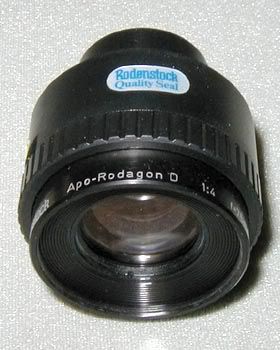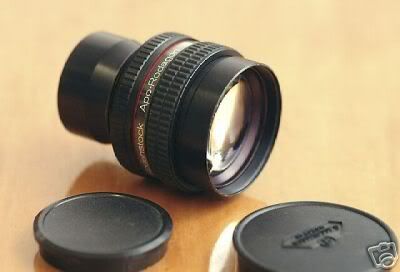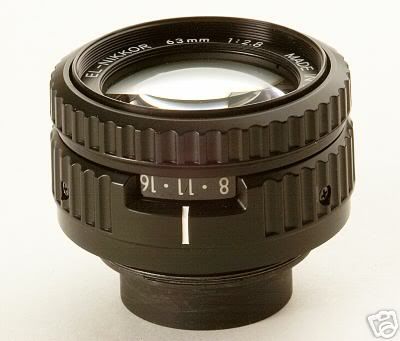BILLC
Established
I have used a 75mm nikkor for 6x6 for over 30 years with good results. I would like an 80mm nikkor but rover keeps out bidding me.
Bill
Bill
BILLC said:I have used a 75mm nikkor for 6x6 for over 30 years with good results. I would like an 80mm nikkor but rover keeps out bidding me.
Bill
venchka said:One note on El Nikkors: Avoid the 75mm lens.
rxmd said:There is no direct equation. Focal length and image circle are only indirectly correlated. There are some "WA" (wideangle) enlarger lenses that have a shorter focal length, such as the WA-Rodagon 40 (for 35mm, where you'd otherwise need a 50) or the WA-Rodagon 60 (for 6x6, where you'd otherwise need 80). Leica's Focotar 40 falls in this category, as well as some of the Agfa Colostars that were used in minilabs.
Their circle of coverage is larger than their focal length would suggest, which is one of the less-known defining characteristics of a wideangle lens; normally we don't pay attention to this, unless we shoot large format where a 90mm Super Angulon that covers 4x5 (inches) is somehow special vis-a-vis a 90mm Tessar that barely covers 6x9 (cm).
The advantage of such a lens is that you don't have to crank the enlarger head as high as with a "normal" lens for the same paper size.
Enlarger lenses with very short focal lengths (35 and below) are usually meant for smallish formats, anything from 127 and APS down to 8x11mm Minox film. Most of these don't cover 35mm (I don't know any that do).
Philipp
I have a question and i don't know where to put it.
I just bought a Meopta magnifax4 second hand and the guy gave my 4 lenses with it.
1X meopta 50mm f2.8
1X nikkor 75mm f4
and 2 75mm and 105mm ones.
my question is, i can focus with all lenses except the 50mm
the lens seems to focus only on really small surfaces.
Do i go get a new lens?
Isn't the 50mm best for 35mm prints?
i mean i can focus on A3 with a 35mm negative with the 75mm nikkor but i'd have to put the head on its highest to do that.



wow that solved alot! 🙂
thank you very very very much.
i am pretty much REALLY new on this and i am trying to find out how to print over reading on the internet. any special instructions on the magnifax 4? 🙂
edit:
stupid question: I have to unscrew the glasses and screw the 35mm carriers to print 35mm right?
stupid question: I have to unscrew the glasses and screw the 35mm carriers to print 35mm right?

